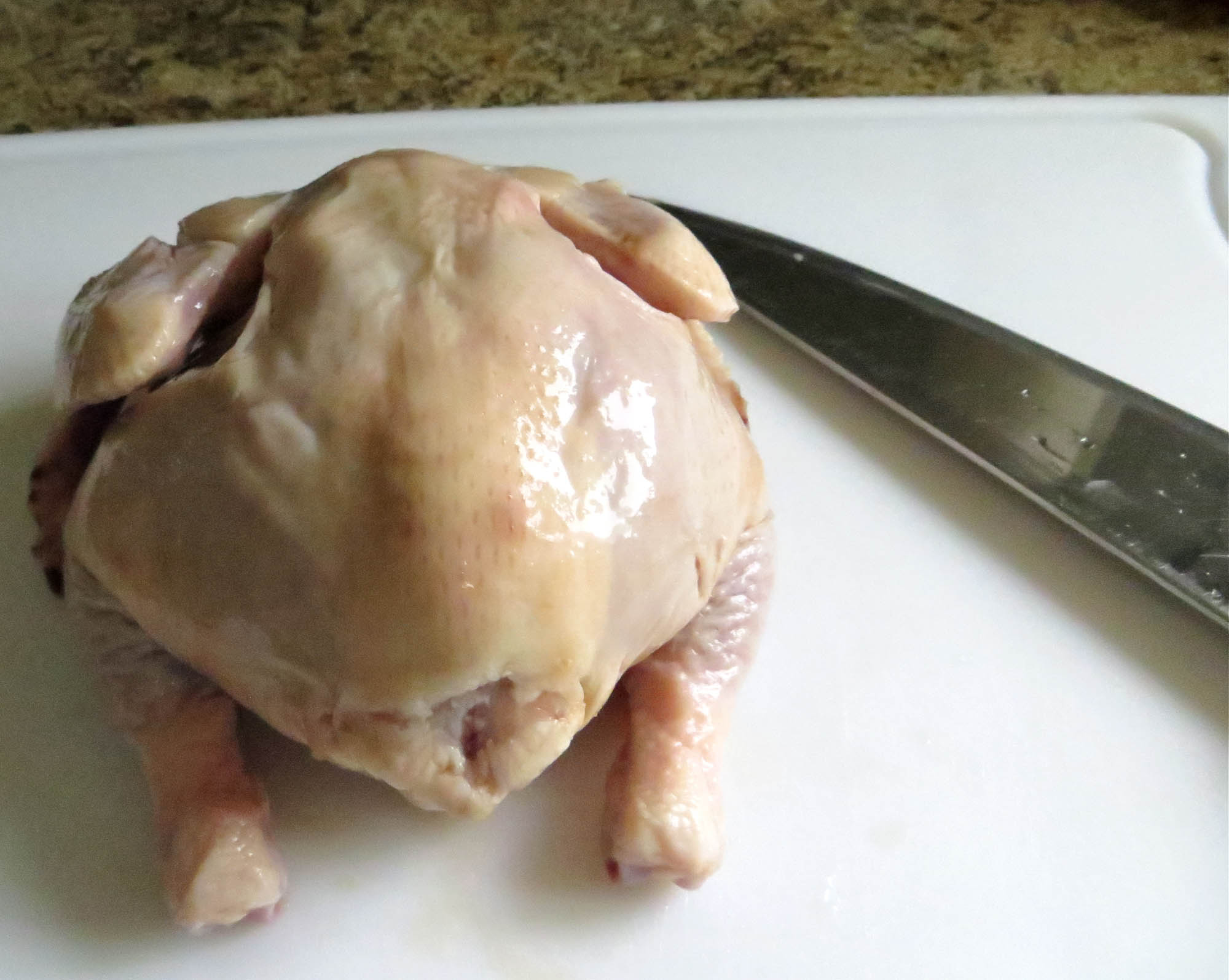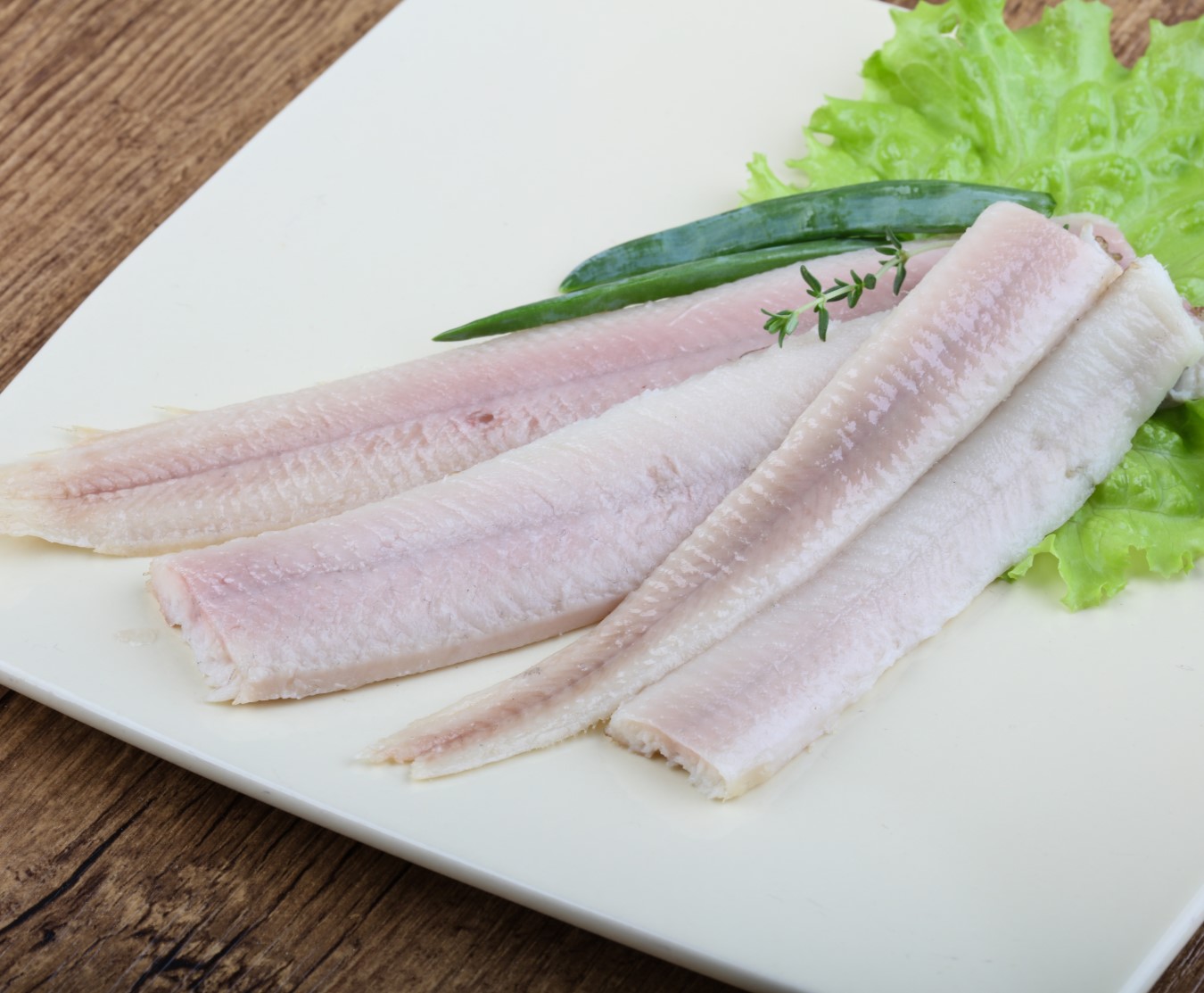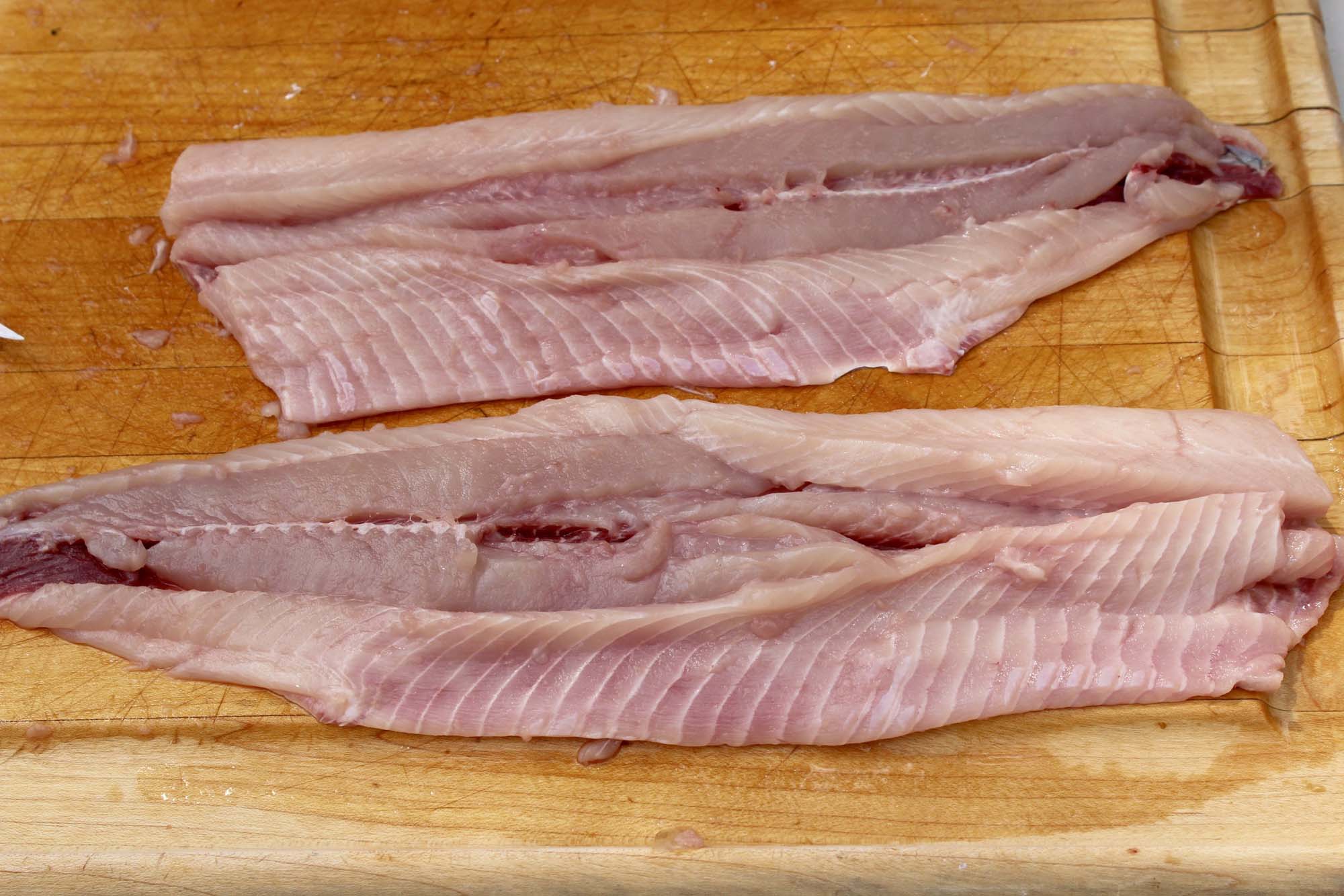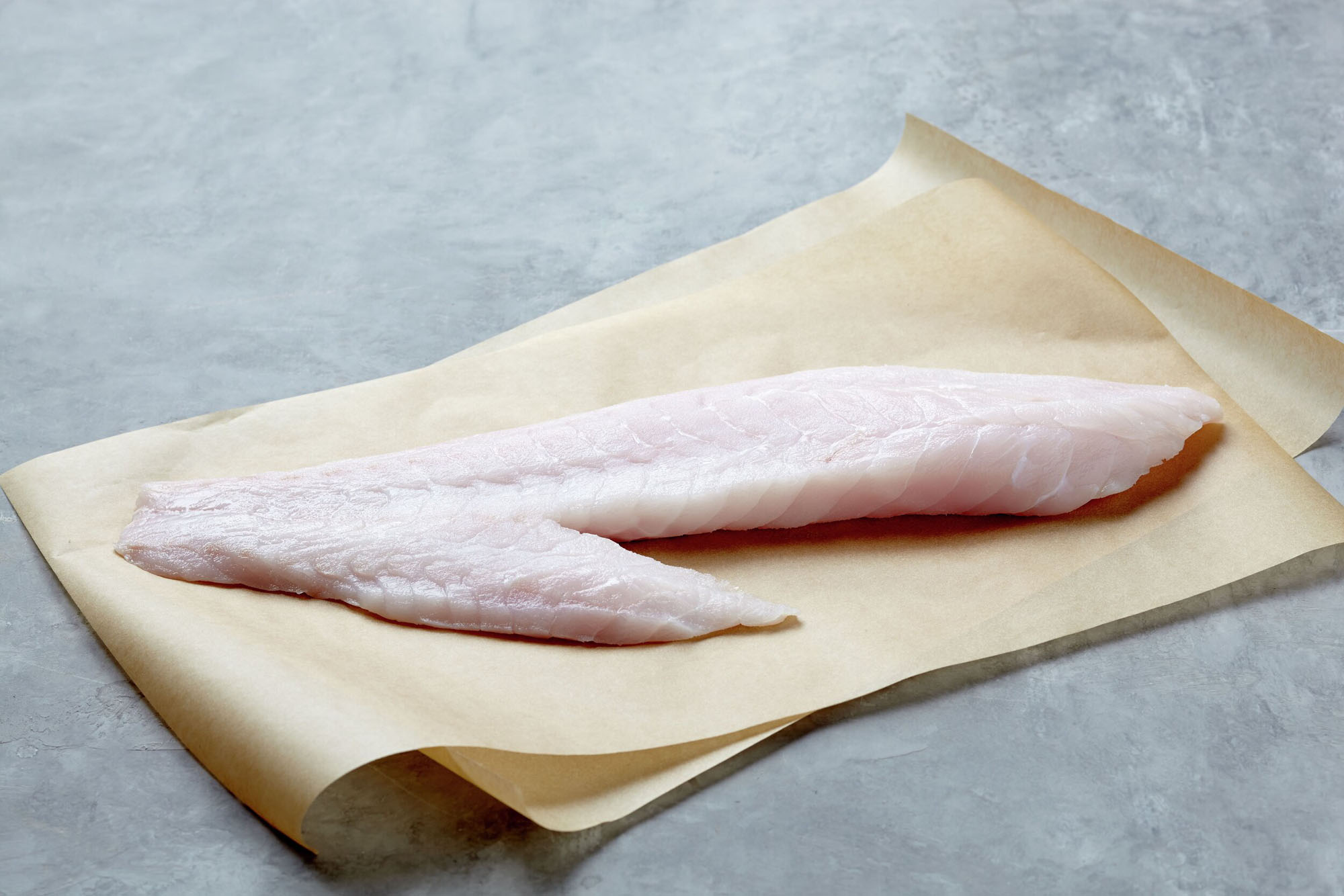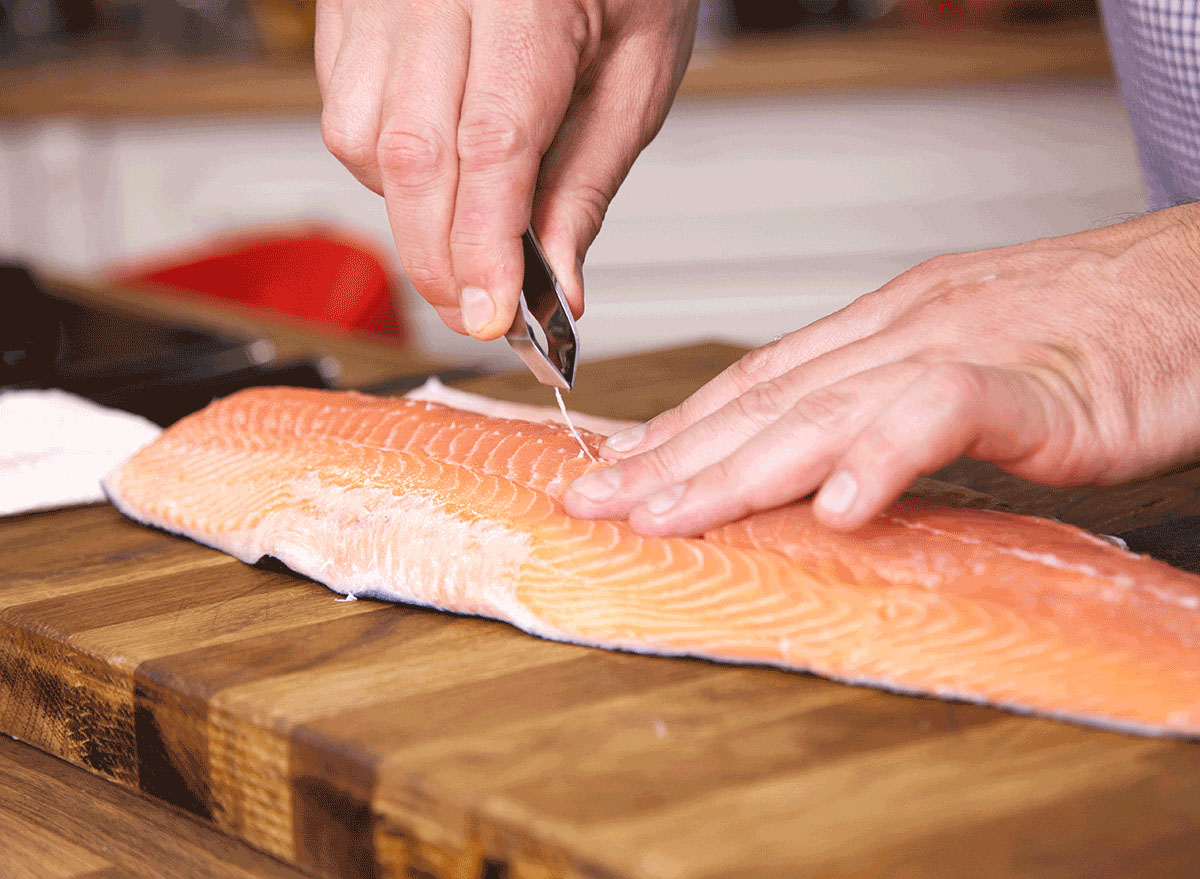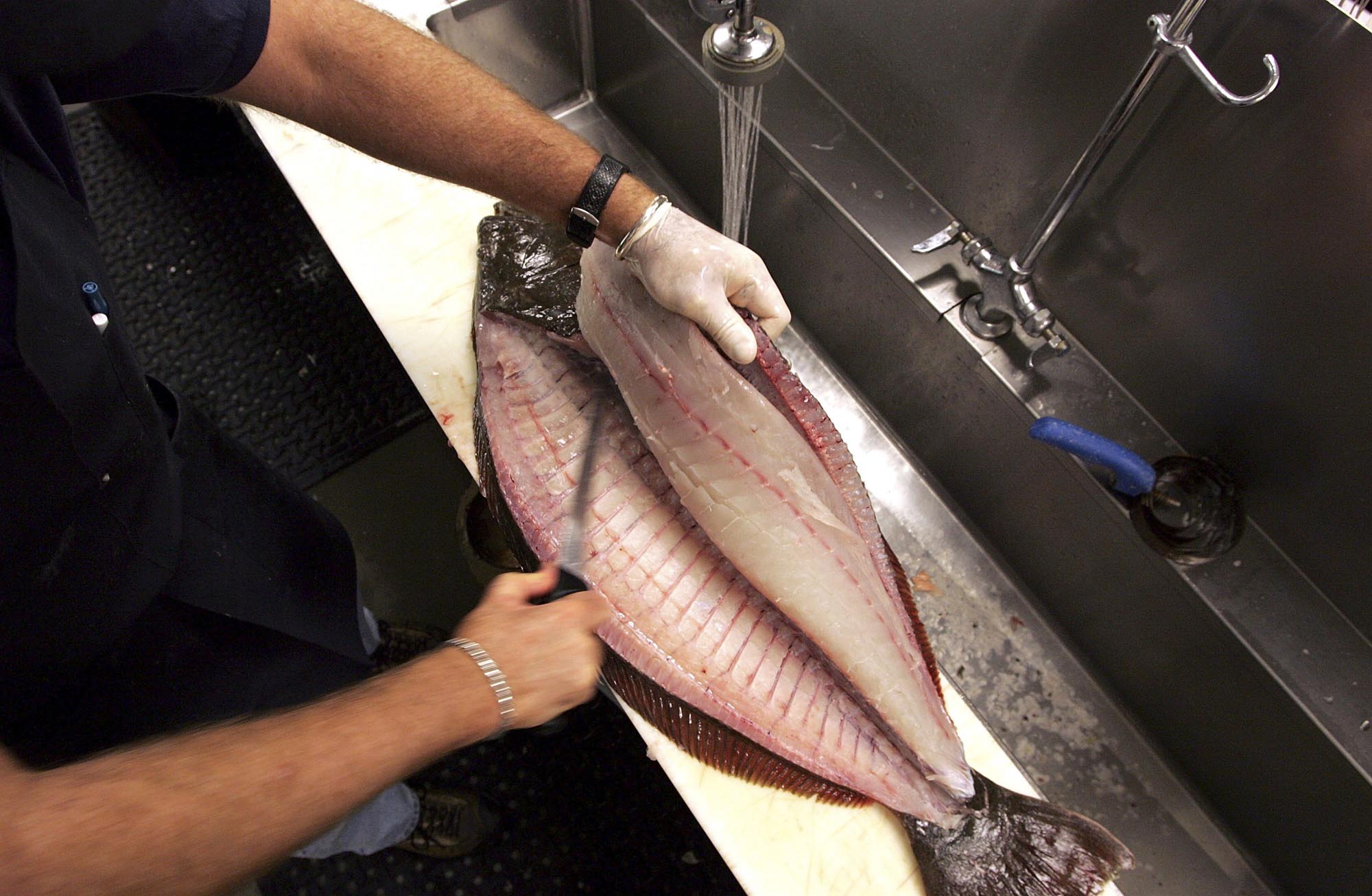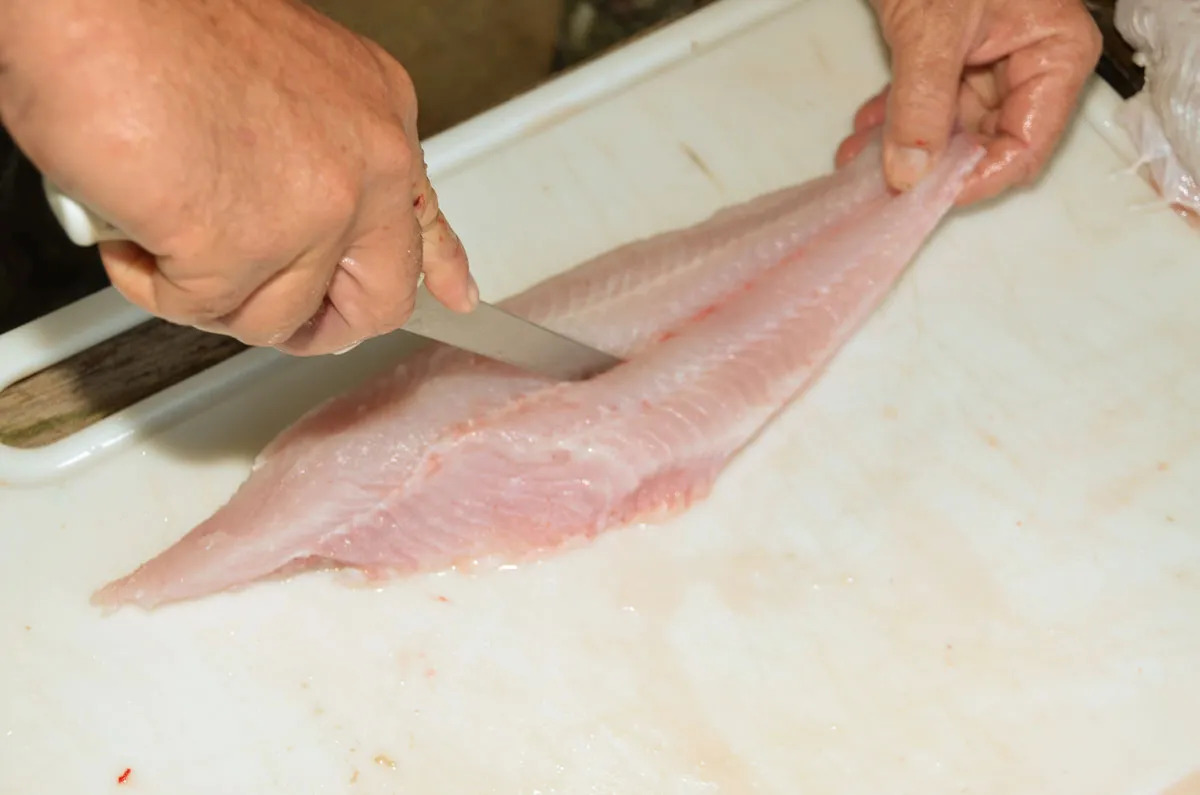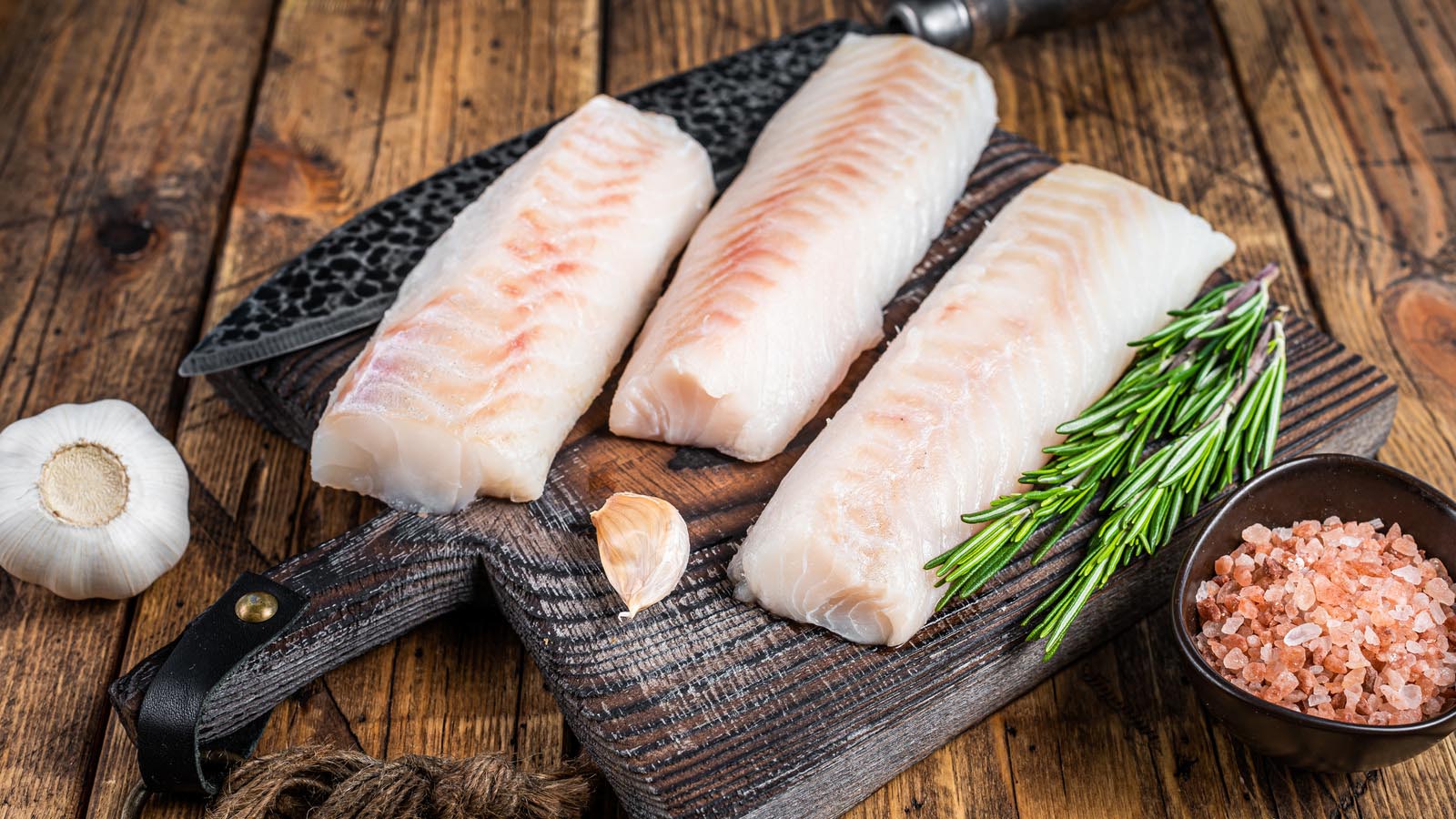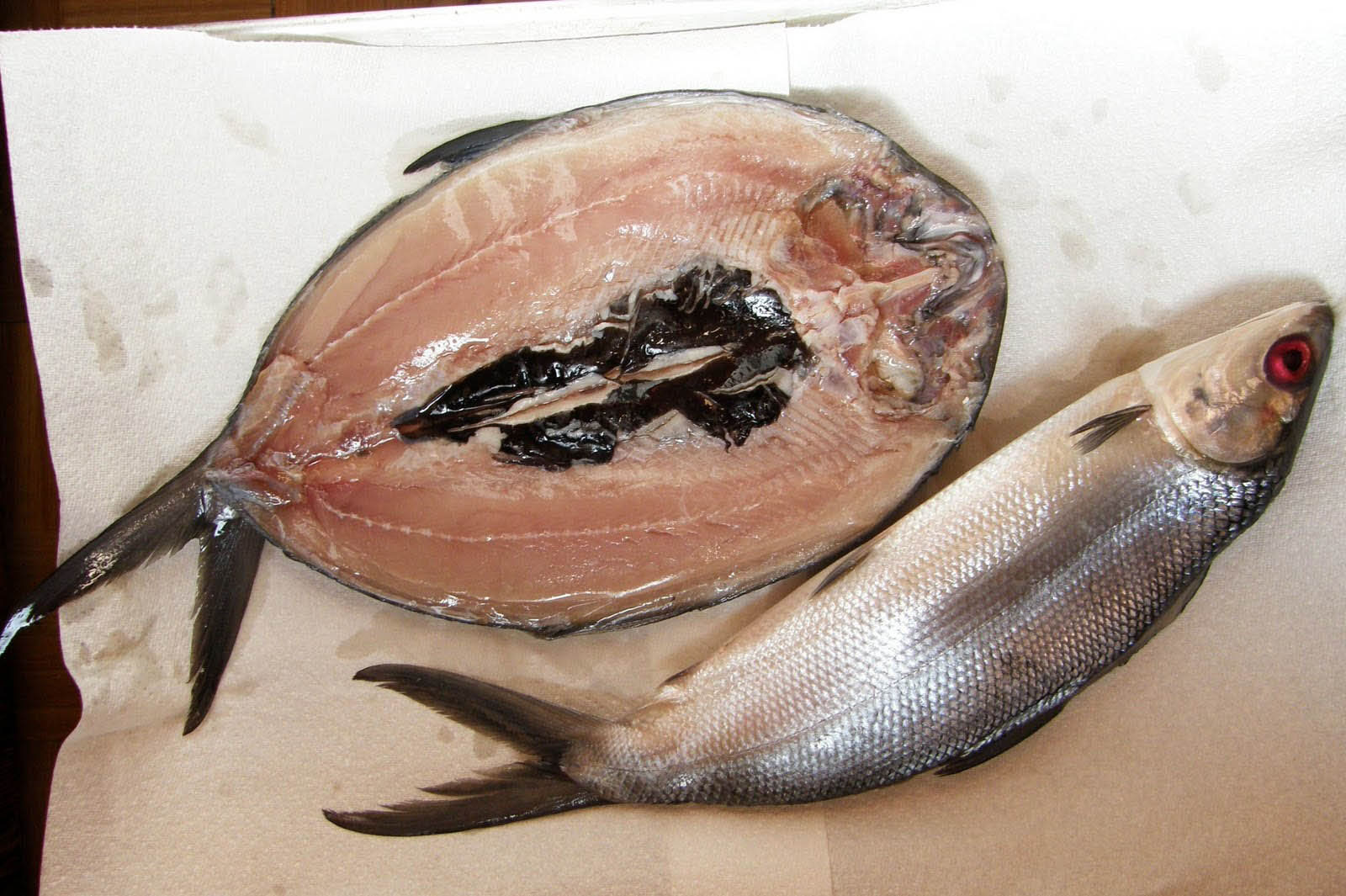Sure, here's the HTML-formatted blog post on How to Debone a Tilapia:
Step-By-Step Guide on How to Debone a Tilapia
Deboning a tilapia might seem like a daunting task, but with the right technique, it can be a breeze. Whether you’re a seafood enthusiast or just looking to prepare a delicious meal, learning how to debone a tilapia is a valuable skill to have. Follow these simple steps to master the art of deboning a tilapia.
What You’ll Need:
- Sharp fillet knife
- Cutting board
- Tilapia fish
- Paper towels
Step 1: Prepare the Tilapia
Start by placing the tilapia on a clean cutting board. Use paper towels to pat the fish dry, which will make it easier to handle and cut.
Step 2: Make the Initial Incision
Using a sharp fillet knife, make a shallow incision just behind the gills and pectoral fin. Take care not to cut too deeply to avoid damaging the flesh.
Step 3: Remove the Head
Once the initial incision is made, gently twist and pull the head of the tilapia to separate it from the body. Discard the head or save it for making fish stock.
Step 4: Locate the Backbone
With the head removed, locate the backbone of the fish. Run the tip of the fillet knife along the backbone to separate the flesh from the bones.
Step 5: Work Your Way Down
Continue running the fillet knife along the backbone, working your way down the length of the fish. Use smooth, steady strokes to ensure clean fillets.
Step 6: Remove the Rib Cage
Once the fillet is separated from the backbone, carefully lift the rib cage to expose the remaining bones. Use the fillet knife to cut along the rib cage and remove it from the fillet.
Step 7: Check for Remaining Bones
After removing the rib cage, inspect the fillet for any remaining bones. Use the fillet knife to carefully remove any small bones that may still be attached.
Step 8: Repeat on the Other Side
Turn the tilapia over and repeat the process on the other side to obtain the second fillet. Take your time to ensure all bones are removed from both fillets.
Step 9: Rinse and Pat Dry
Once both fillets are deboned, rinse them under cold water to remove any remaining scales or debris. Pat the fillets dry with paper towels before cooking or storing.
Enjoy Your Deboned Tilapia!
Now that you’ve successfully deboned a tilapia, you’re ready to cook up a delicious seafood dish. Whether you prefer grilling, baking, or pan-searing, your deboned tilapia fillets are versatile and ready to be transformed into a mouthwatering meal.
With practice, deboning a tilapia will become second nature, allowing you to enjoy the freshest, bone-free fillets every time.
So, the next time you’re in the mood for tilapia, don’t let the thought of deboning intimidate you. Armed with these simple steps, you can confidently prepare a boneless tilapia dish that will impress your family and friends.
For those eager to master the art of deboning tilapia, a variety of delicious recipes await to put this skill to good use. Consider trying Grilled Lemon Herb Tilapia, which highlights the fresh, zesty flavors of lemon and herbs, perfect for a summer meal. Or, for a comforting and crunchy option, Baked Tilapia with Parmesan and Panko Crust offers a delightful mix of textures. If you're in the mood for something with a kick, Blackened Tilapia with Spicy Remoulade is sure to spice up your dinner. For a tangy twist, Tilapia Piccata with Lemon and Capers brings together the classic flavors of piccata sauce. Each of these recipes not only showcases the versatility of tilapia but also provides an opportunity to practice and perfect the deboning technique.
Was this page helpful?
Read Next: How To Debone And Gut A Bass

